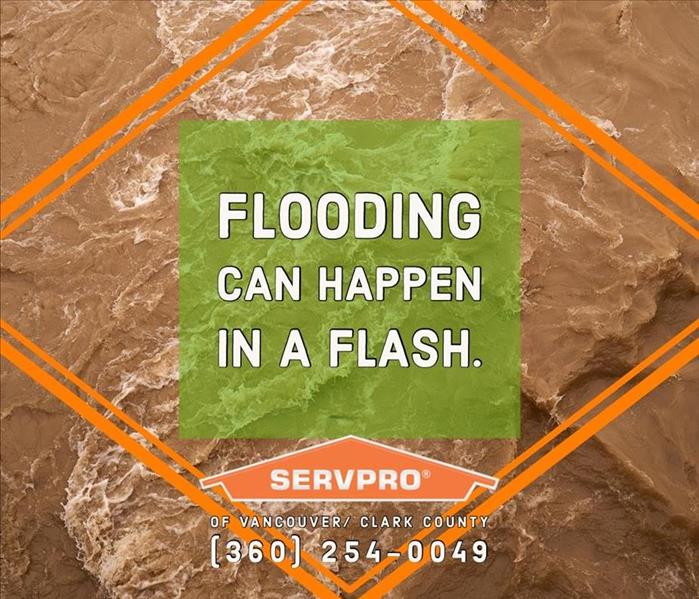Mold Mitigation After a Flood
9/7/2022 (Permalink)
Mold may start to grow in as little as 24 to 48 hours immediately following a flood. If your home experiences flooding, you should get rid of standing water, clean, disinfect, and dry the affected area as soon as possible. The following measures may prevent or limit the severity of mold growth.
Eliminate Flood Water
The faster you get flood water out of your home, the less likely mold spores will be to multiply. There are several ways to make your home less inviting for mold:
- Pump out remaining water
- Tear out porous contents and building materials
- Use a wet vac to get rid of any puddles
Once all of the flood water is gone, it is time to clean and disinfect the affected area.
Clean and Disinfect
Flood water is classified as a category three or black water. This means that standing water may contain
- Bacteria
- Chemicals
- Heavy metals
- Sewage
For this reason, it is necessary to disinfect all surfaces and contents exposed to flood water. Mold also flourishes in undisturbed locations. Cleaning surfaces and eliminating porous contents that cannot be thoroughly cleaned, such as carpet or drywall, will make mold growth less likely.
Dry the Area
The more you can lower moisture levels following a flood, the less likely mold will be to grow. For this reason, homeowners or restoration experts should use equipment such as commercial- or industrial-grade
- Air movers
- Dehumidifiers
- Fans
All of these appliances help to speed up drying. Dehumidifiers are particularly useful for maintaining low moisture levels in the air and drawing dampness out of semi-porous surfaces.
Removing water, cleaning and disinfecting, and drying are all ways to reduce the risk of mold growth. For the fastest mitigation process and less of an opportunity for mold to develop, rely on the professional equipment and extensive experience of residential water and storm damage specialists.






 24/7 Emergency Service
24/7 Emergency Service
